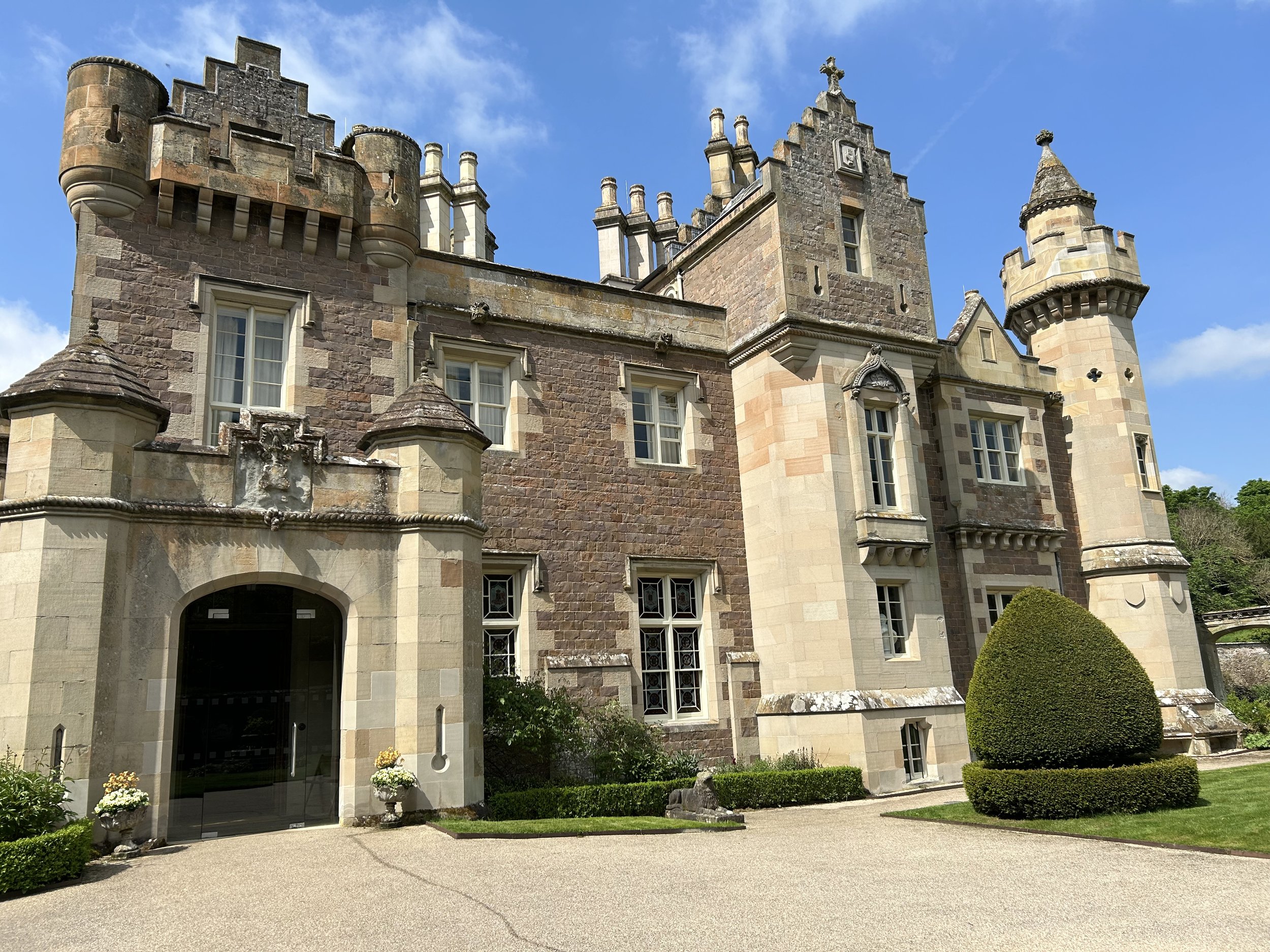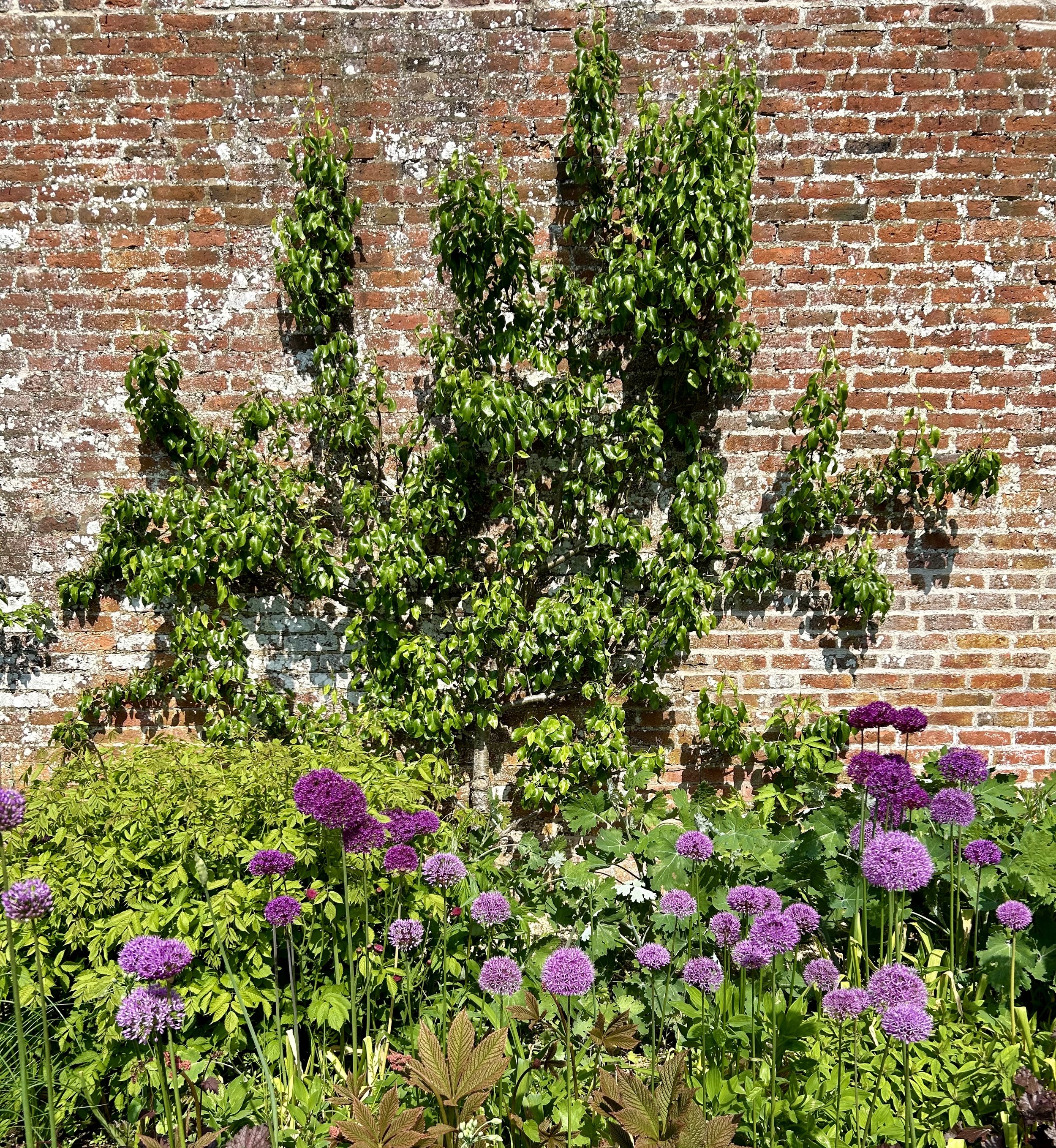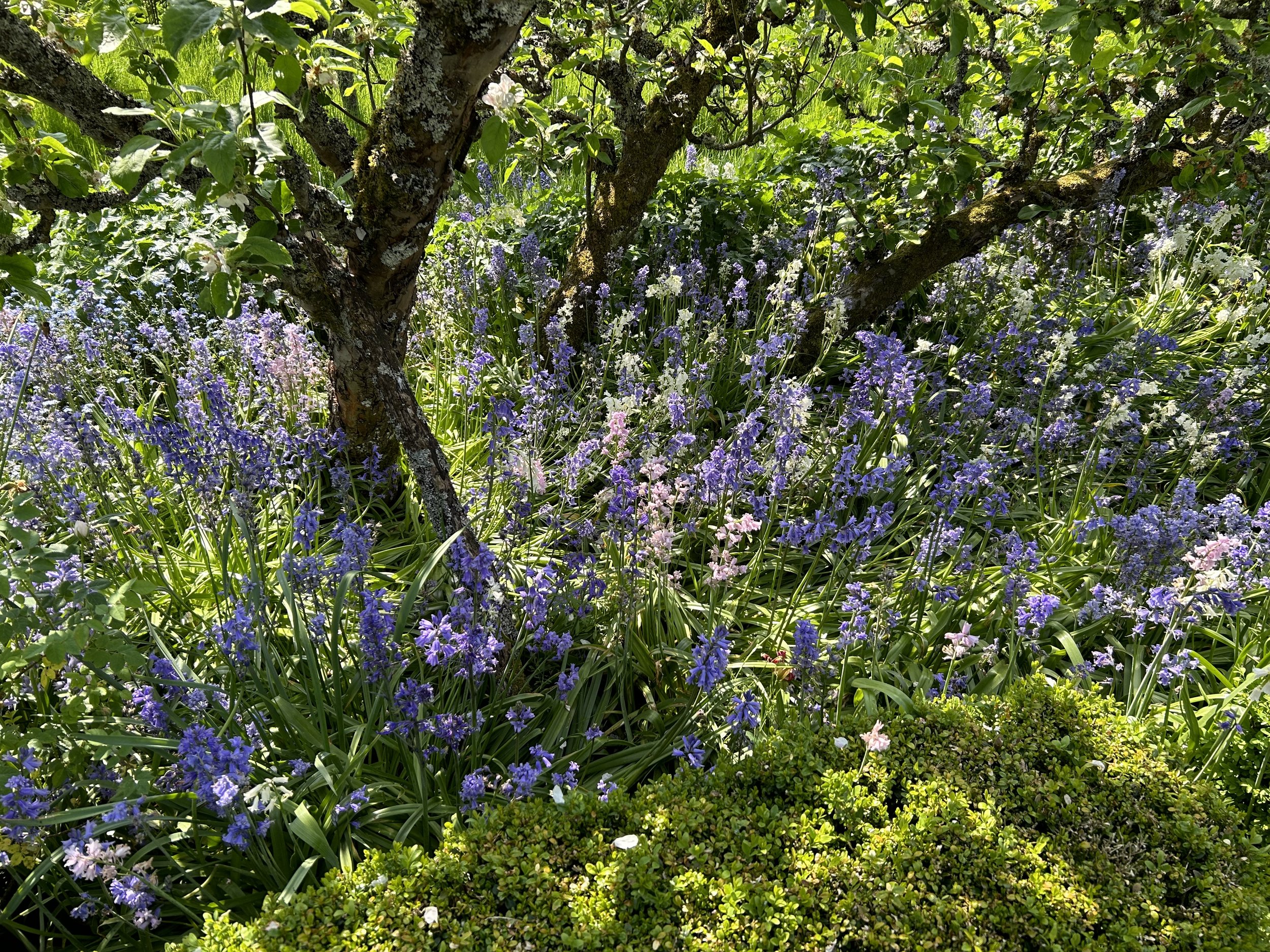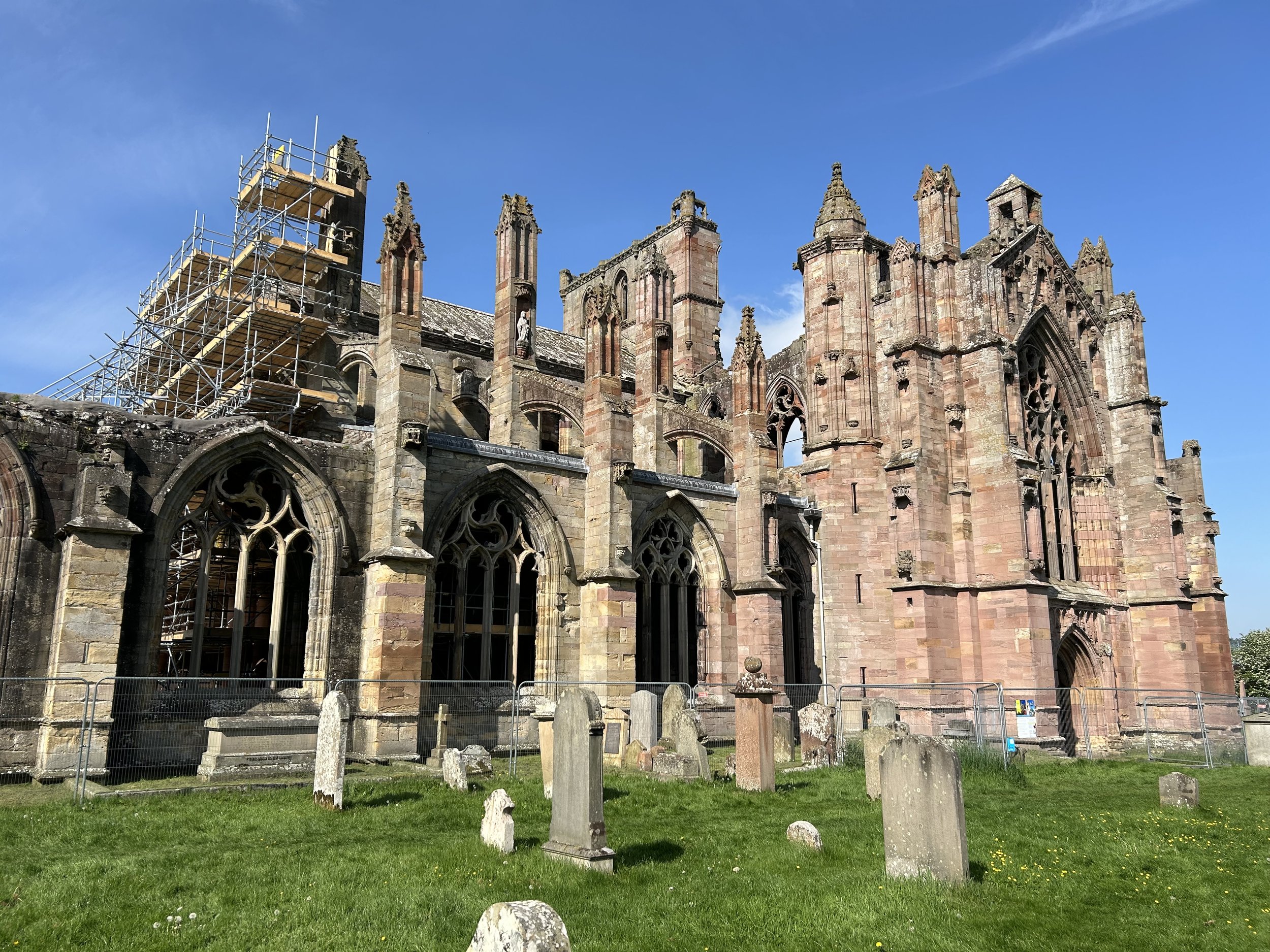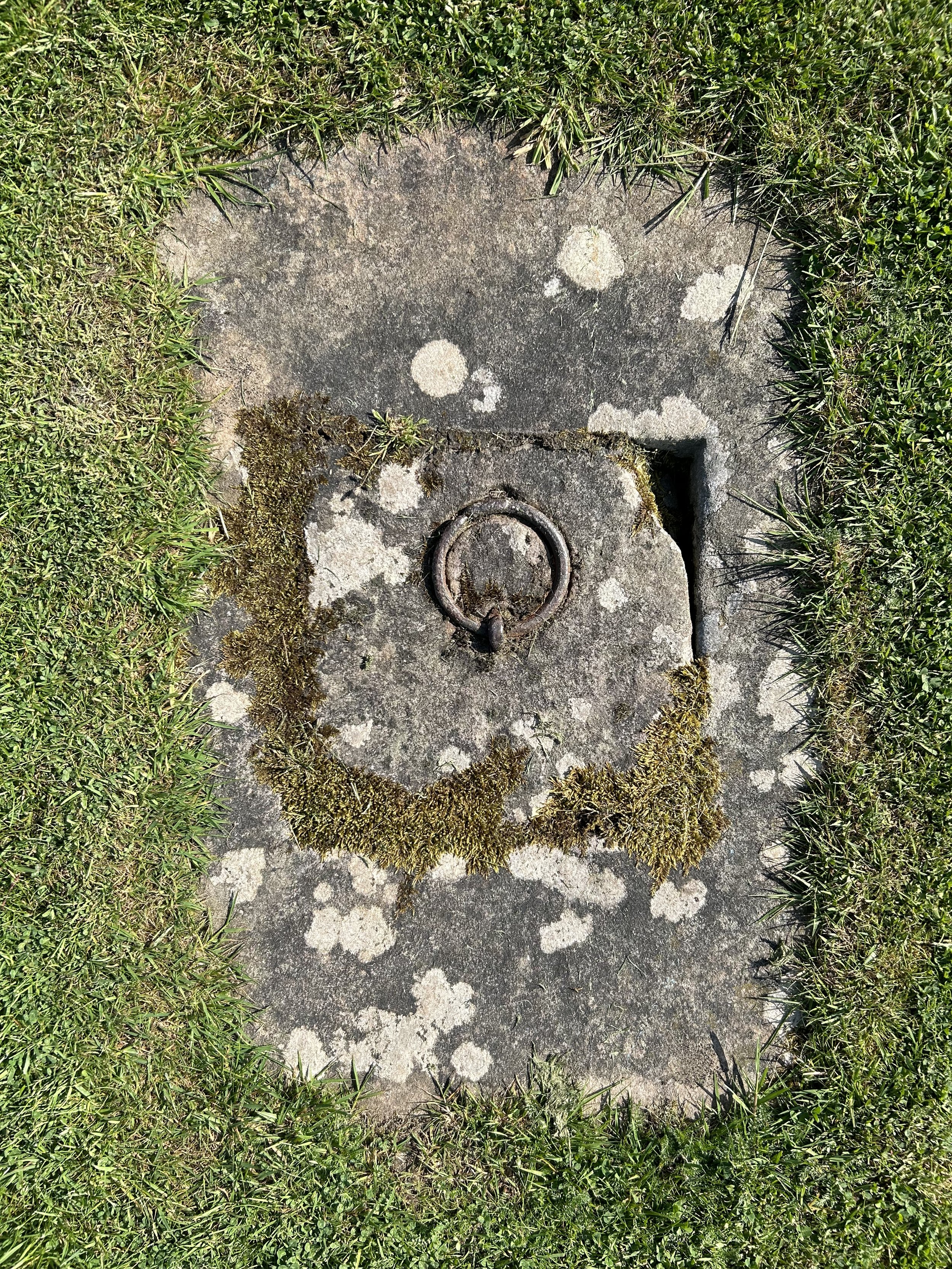The latest in my series on our recent (and second) trip to Scotland. To read the other posts, start here.
The Scots are proud of Sir Walter Scott (1771-1832), and no wonder. As a writer, his work had a major impact on English and American literature. He wrote classics like Ivanhoe, Rob Roy, Waverley, and narrative poems like Lady of the Lake.
But writing wasn’t his day job, at least not originally. He was also a judge and the administrator of the Supreme Courts of Scotland and held leadership positions in various Scottish societies.
Among his long list of accomplishments, one thing stands out to me: Scott helped bring back pride to his country. He led the charge in finding Scotland’s lost crown jewels. He also created a celebration for the visiting British King George during which the king wore the previously-forbidden Scottish tartan, thereby making it not only acceptable to wear again but also fashionable. These, along with his writing, helped strengthen and encourage Scottish pride and identity.
On our first trip (in 2022), we went to the Writers’ Museum in Edinburgh and learned quite a bit about him and fellow Scots writers, poet Robert Burns (“Auld Lang Syne,” “A Red, Red Rose,” etc) and novelist Robert Louis Stevenson (Treasure Island, Strange Case of Dr. Jekyll and Mr. Hyde, Kidnapped, etc.)
But this year, we visited Scott’s home, Abbotsford, on the River Tweed and just a short drive from Edinburgh. The walk to the house is lovely; we saw rhododendrons as well as other spring flowers in bloom. The Scots-Baronial style house rises behind a stone wall, and when we came to the end of the path, we stepped into the “front yard” area.
Inside the entry to the house, surrounded by weapons on the wall (which we had come to expect in most every historic house in Scotland), we picked up the audio tour. During the tour, “Sir Walter Scott “ acted as host, described the rooms to us, and shared some memories. I thoroughly enjoyed this audio tour because the actor gave Scott’s voice a warm, friendly quality and showed a bit of personality.
Besides the improvements and additions Scott made on the house, he also created the formal Regency-style gardens, with three ‘outdoor rooms’ and other features. Some of my favorites were the espaliered trees, purple ornamental onion and bluebells (in bloom all over Scotland during our trip), and different types of hostas.
By the time we left Abbotsford, I understood why the Scots are so proud of Sir Walter Scott.
Melrose Abbey
A few miles away from Abbotsford lies the ruin of Melrose Abbey. This abbey’s claim to fame is that the heart of Robert the Bruce, the famous warrior king of Scots (11 July 1274 – 7 June 1329), was buried here. We generally aren’t interested in buried body parts, but since we’ve been learning about Robert, we wanted to see sites that bear his name and add to his story in some way.
The abbey was unsafe, however—not because of Scottish warriors brandishing claymores (long and heavy swords) but because the ravages of time had taken their toll on the walls. Crumbling stonework and carvings could potentially fall and hurt someone.
Therefore, the part of the abbey still standing was closed off while repairs and renovations were being made. We were disappointed to find fencing around the main part of the abbey. The grassy lawn on one side was studded with occasional stone features that had made up the original floor of the abbey, giving us an idea of how the abbey was laid out.
This is not where the Bruce’s heart is, but it’s cool nonetheless.
In the graveyard that lines the abbey on the other side, the headstones are centuries old, and in many cases, unreadable.
Because of the fencing around the building, we couldn’t see much of what’s left, except for huge arched windows with missing glass, now gaping holes that framed the blue sky behind them.
Although we couldn’t get into the abbey, we could hear a flurry of activity within. Every few minutes, we heard the flapping of birds’ wings and occasionally we’d see one fly out. The sound of those birds flapping around inside the building was both cool and a little creepy.
Even though I was watching closely, I rarely seemed to have my phone camera in the right position to catch a bird in flight. But when I was writing this blog post and looking at the photos, I was surprised to see one.
Can you find the bird in the photo below?
All in all, our day in the Scottish borders area was filled with history, beauty, and anticipation for the days to come.
To read the other posts in this series, start here.
Did You Know?
My book, Glimmers of Hope, is on sale for $12 in the Shop for a limited time. And grab some packs of Joy notecards for Christmas before they sell out. Remember that every purchase you make through the Shop helps support Glimsen. Thank you!
I'm honored that you've taken time out of your day to stop by my blog, Glimsen. If you like what you see, click here to receive my posts and updates by email, and you'll also get a free gift of beauty in your inbox. I look forward to connecting with you!


